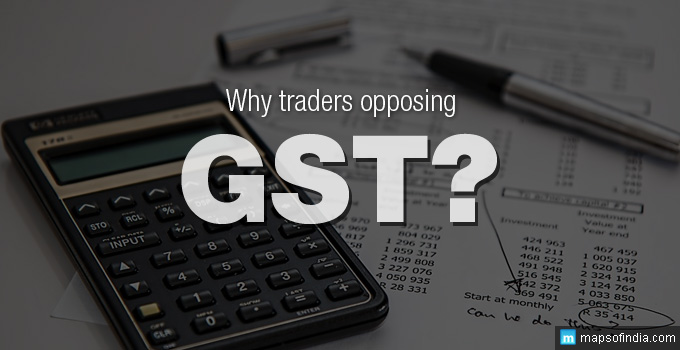India heralded the start of July 2017 with a new tryst with destiny. At midnight, the government of India rolled out the long awaited Goods and Services Tax (GST). The GST shall now replace a number of direct and indirect taxes and has been lauded as one of the greatest tax reforms of independent India. The GST comes after ironing out differences between the centre and the state governments. It is a uniform tax that shall be applicable across the length and breadth of the country. The GST will be applicable on different goods and services depending on the slab (tier) that they have been classified into. The various slabs at the moment are 0%, 5%, 18%, and 28% with the provision that some ultra-luxury and sin items (such as tobacco, pan masala etc.) will attract an additional cess over the 28% GST already levied on them.
GST supporters claim that the system is fair and equitable going from 0% tax on essentials of living (making them accessible to even the economically backward strata) to 28% on luxury items. Economists are predicting that the GST rollout will transform the way business is conducted in the country and will fuel development. If this be the case, why are traders across the country opposing the GST? What is the reason various bandhs and protests have been launched? Let us take a look.
Sectors Opposing GST
Textile
Textile traders are among the largest and most vociferous groups protesting against the GST. Textile traders and merchants across the country – from Jaipur to Salem and from Surat to Kanpur have united in their protest and have been organising bandhs and market shut-downs over the past week. The main reason for such a protest is not the launch of the GST itself but the category or slab in which textile has been added. The GST council has decided to levy a 5% GST on textile. This, the traders claims, will adversely affect the market and ruin the industry. The textile and dyes industry was severely affected by the demonetization drive undertaken in November 2016.
The FMCG and retail industry, similarly, is anxious about the GST rollout. Soaps, for example, will now attract an 18 % GST vis-a-vis the 5% tax that it used to previously attract. Perfumes and other cosmetics, jam, biscuits, butter and cheese, metal and ceramic items of domestic use, footwear (above INR 500) and readymade garments (above INR 1000), watches, Stationery – almost all of these will attract increased taxes under the GST regime. Diamonds, furniture, and laptops will also be costlier. Traders from all these sectors are therefore protesting the new system of taxation.
Many trade unions have lent their support to these protests claiming excess taxation. The Bharatiya Udyog Vyapar Mandal, which represents the interests of 17,000 traders’ associations, also lodged its protest against the implementation of the Goods and Services Tax.
Unpreparedness Shall Be Costly
One of the most important points raised by the traders and merchants who are protesting against the launch of the GST is the lack of time given by the government to migrate to a new system of taxation. The GST has been in the works for a very long time. The slabs, however, were revealed by the GST Council only in November 2016. It is after this that the council started categorization of various items. Some changes were also made. This has not given businesses and traders time to implement and adequately test the GST compliant accounting systems. This fear is a well-grounded one as an accounting failure shall spell disaster for any business enterprise.
Ignorance is another major reason for anxiety. Business houses claim that the GST is a more complex system of taxation. This is something that the government and GST supporters deny but it is fear of the unknown and anxiety over a complete overhaul of systems that may have prompted this complaint.
To be GST compliant, traders will also require a GST registration. Lack of complete information and guidance over the application and availability of this GST registration, knowledge of its use and necessity has also led to protests in the country.
Read More:
GST Rate Structure
Income Declaration Scheme 2016
Swachh Bharat Cess on Service Tax
What is Krishi Kalyan Cess?
Can GST Bill really kill the ‘kachcha bill’ system?
New GST regime and its future impact on telecom industry in India
Equity Markets Move Up; Lok Sabha Passes GST Bill
Equity Volatile; GST Bill in Next Session
New tax to reduce beverage consumption in India – how effective will it be?
Economic Reforms in India
Black Money in India
MUDRA Bank
Land Acquisition Bill
What is GST?
How to register for GST?
Various Goods and Services Tax forms
GST Rule Changes
Implementation of the GST in India
Costlier Or Cheaper Under GST?






